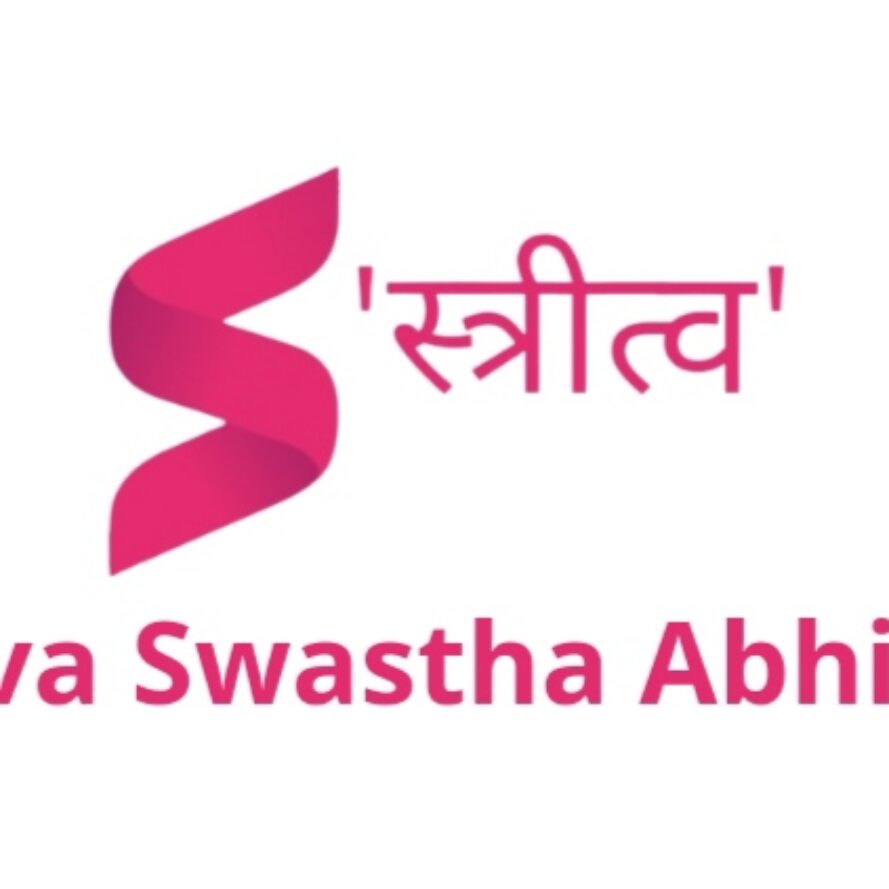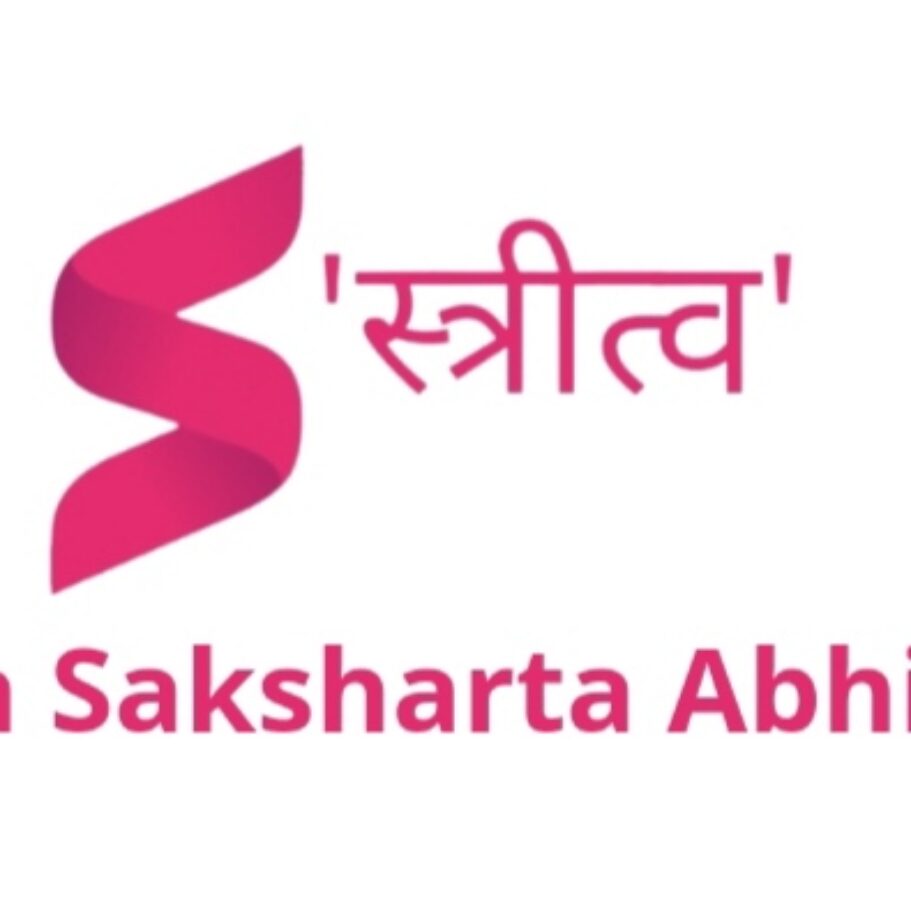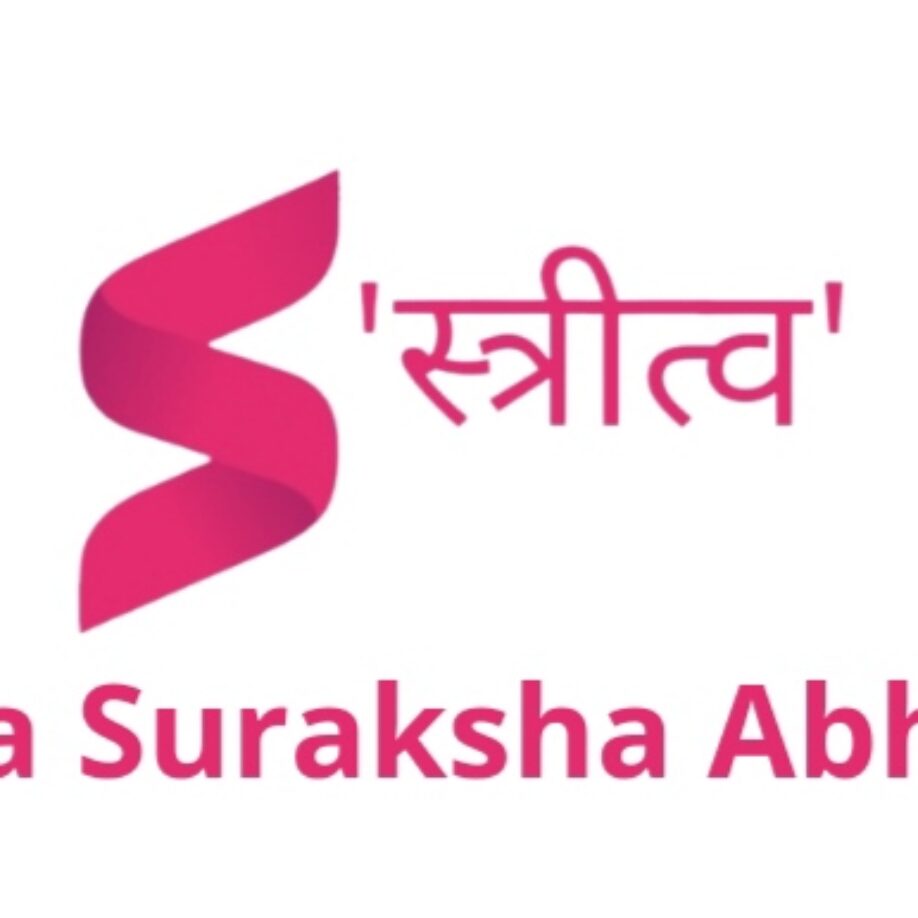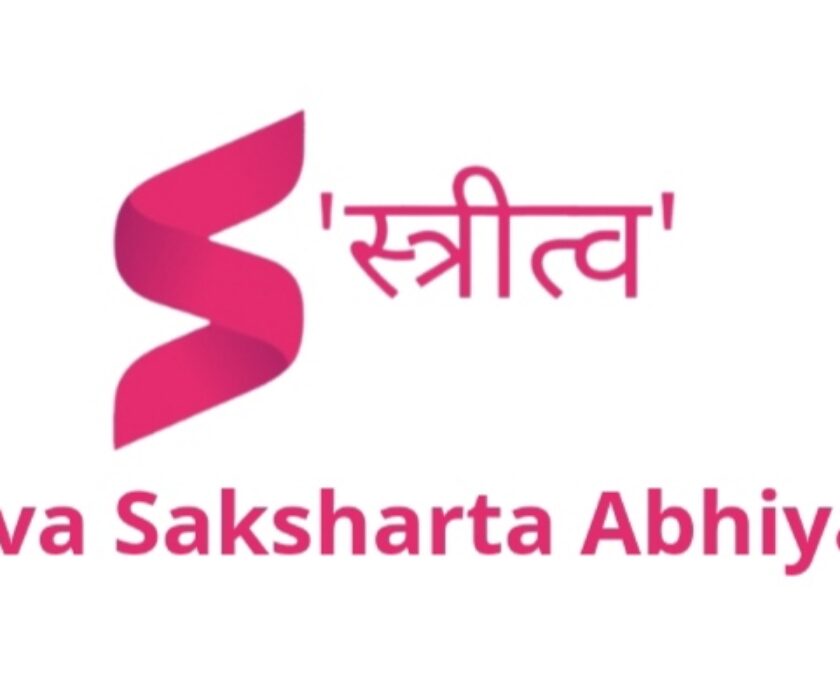The classroom is a setting where students gather to learn new concepts, theories, and ideas from an instructor or teacher. The real world, on the other hand, is the practical application of these concepts in a practical setting, where individuals have to apply what they have learned to achieve a specific goal or solve a particular problem. While the classroom provides an excellent foundation for learning, it can never fully prepare students for the complexities and challenges of the real world. In this blog, we will explore some of the key differences between the classroom and the real world and how they impact our learning experiences.
- Real-world challenges are more complex than classroom assignments.
In the classroom, students are often presented with straightforward problems that have well-defined solutions. These problems are designed to test their understanding of the material, and their ability to apply it to real-world scenarios. In contrast, the challenges that we encounter in the real world are often much more complex and multifaceted. They require a deeper understanding of the problem, creative thinking, and an ability to work collaboratively with others to come up with a solution.
- Real-world problems are more ambiguous than classroom assignments.
In the classroom, assignments are typically well-defined with clear instructions and specific expectations. However, in the real world, problems are often ambiguous and open-ended, requiring individuals to take an exploratory approach to problem-solving. This requires students to develop their critical thinking skills, and learn how to ask the right questions to uncover the root cause of a problem.
- The consequences of real-world decisions are much more significant than those of classroom assignments.
In the classroom, students are often given assignments that have little or no real-world consequences. They are given the freedom to experiment and explore without worrying about the long-term impact of their decisions. However, in the real world, decisions have real-world consequences, and students must learn to weigh the pros and cons of each decision carefully. This requires a greater level of responsibility, and students must learn to take ownership of their decisions and the consequences that follow.
- Real-world problems require collaboration and teamwork.
In the classroom, students are often encouraged to work independently to develop their problem-solving skills. However, in the real world, collaboration and teamwork are essential for solving complex problems. This requires students to develop their communication and interpersonal skills and learn how to work effectively with others to achieve a common goal.
- The pace of real-world problem-solving is much faster than in the classroom.
In the classroom, students are given ample time to complete assignments and projects. They are often given several weeks to work on a project, and they have the luxury of revising and refining their work until it is perfect. However, in the real world, time is often of the essence, and decisions must be made quickly. This requires students to develop their time management and decision-making skills and learn how to work efficiently under pressure.
In conclusion, while the classroom provides an essential foundation for learning, it can never fully prepare students for the complexities and challenges of the real world. To succeed in the real world, students must develop their critical thinking, problem-solving, collaboration, and time management skills, and learn how to apply their knowledge to real-world problems. By doing so, they can develop the confidence and competence to tackle even the most challenging problems and achieve their goals.
| Classroom | Real World |
|---|---|
| Problems are straightforward and well-defined | Problems are complex and multifaceted |
| Problems are often solved independently | Problems require collaboration and teamwork |
| Assignments have little real-world consequences | Decisions have real-world consequences |
| Assignments have clear instructions and expectations | Problems are often ambiguous and open-ended |
| Students have ample time to complete assignments | Decisions must be made quickly |
| Focus is on developing foundational knowledge | Focus is on applying knowledge to real-world problems |
| Learning is theoretical and abstract | Learning is practical and hands-on |
| Success is measured by grades and test scores | Success is measured by achieving goals and solving problems |















Pharetra pharetra massa massa ultricies mi. Nascetur ridiculus mus mauris vitae ultricies leo. Scelerisque in dictum non consectetur a erat nam at lectus. Lacus luctus accumsan tortor posuere ac ut consequat.
Nec ultrices dui sapien eget mi. Ac odio tempor orci dapibus ultrices in. In massa tempor nec feugiat velit. Et pharetra pharetra massa massa ultricies mi quis hendrerit.